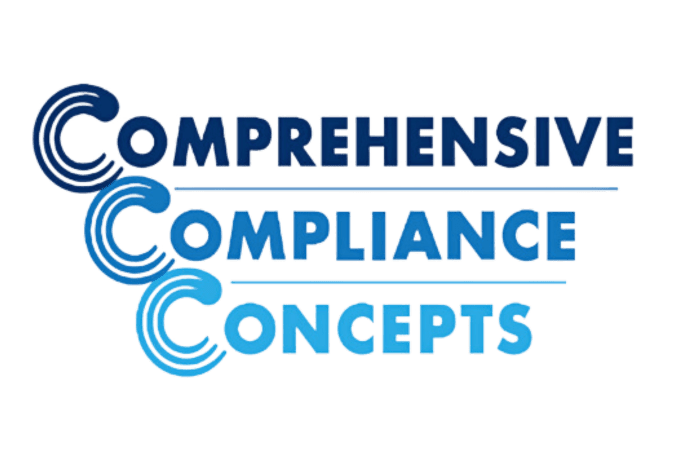
Are Charts Audits important?

Posted on March 31, 2025
Absolutely! Chart audits play a vital role in maintaining high standards of quality and compliance, especially in healthcare. They help ensure that all documentation, from patient records to billing details, aligns with legal, ethical, and clinical guidelines.
In healthcare, chart audits are essential for several reasons:
1. Ensuring Clinical Accuracy:
- Audits help ensure that medical records reflect the patient's condition and treatment accurately, preventing potential errors in diagnosis, treatment plans, or medication administration. This contributes directly to better patient outcomes.
2. Compliance with Regulations:
- Healthcare providers must adhere to various laws and regulations, such as HIPAA (Health Insurance Portability and Accountability Act) in the U.S., which governs patient privacy and confidentiality. Chart audits verify that patient information is properly documented and protected.
3. Accuracy in Coding and Billing:
- Audits review medical codes assigned to diagnoses and procedures, ensuring that they match the clinical documentation and are compliant with insurance or government reimbursement standards. This prevents overbilling, underbilling, or fraud, and ensures providers are reimbursed fairly for services rendered.
4. Improving Financial Performance:
- Through accurate billing and coding, chart audits ensure healthcare facilities receive appropriate reimbursement from insurers or government programs, while minimizing financial losses from denied claims or penalties for non-compliance.
5. Identifying Areas for Improvement:
- Chart audits often reveal trends and recurring issues, such as documentation lapses or coding errors, which can inform training and process improvements within the healthcare organization.
6. Promoting Best Practices:
- Regular audits encourage the adoption of best practices in documentation, clinical care, and administrative processes, fostering a culture of continuous improvement and quality assurance.
Would you like to dive into specific audit techniques or tools used to facilitate the process? Or maybe you'd like more examples of how chart audits impact patient care or organizational efficiency?
Send a Message
Whether you have questions or need tailored compliance solutions, we’re just a message away. Contact us today to see how we can support your healthcare organization’s compliance needs.
Contact Us
Office location
Leander, TexasSend us an email
[email protected]